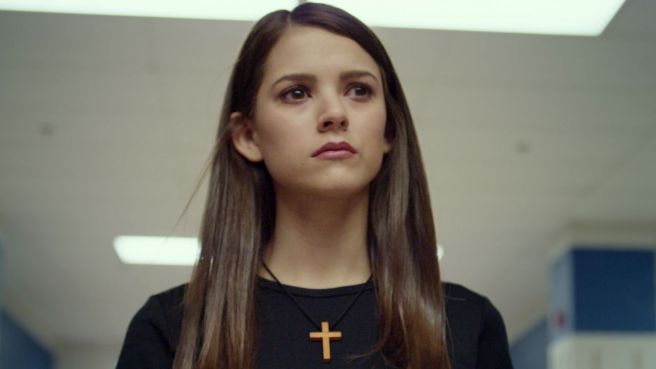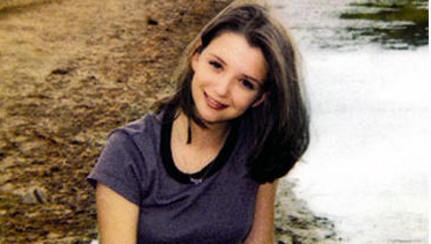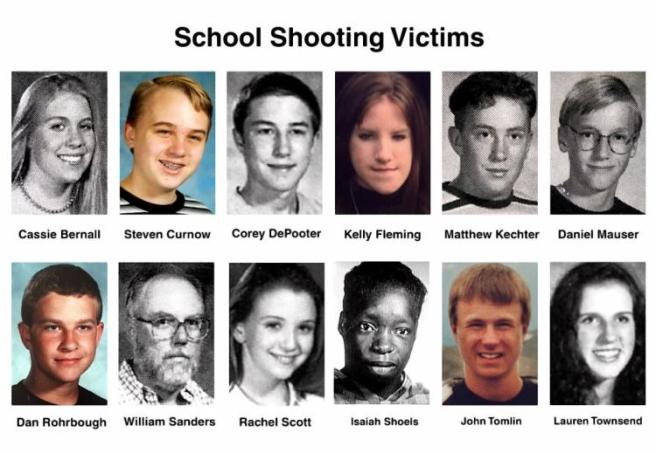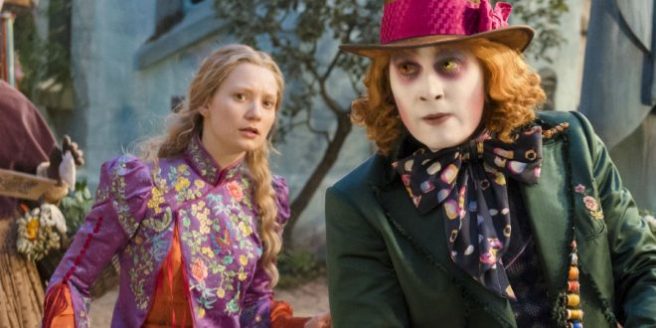A very learned friend of mine had this to say about The Shack: “Perhaps God used flawed means, such as a movie like The Shack, to show us a much bigger and more completed portrait of His love.“
This is my review of The Shack!

Mackenzie Phillips, or Mack as he is called, is your average working man. He has a wife he adores and three kids (Josh, Kate and Missy) he would die for. He is especially close to his youngest Missy. During a camping trip, Mack sees Josh and Kate on a canoe when Kate stands on it and causes it to capsize. While Missy is focused on her coloring book, Mack rushes to the lake to save Kate and Josh. He gets Kate and Josh safely back to shore…but Missy is nowhere to be found. A desperate search leads to the devastating discovery that Missy has been murdered by a serial killer.
Only her red dress remains.
Completely torn apart by the death of his child, Mack is angry when he receives a note in the mail that reads, “Mack, it’s been a while. I’ve missed you. I’ll be at the shack next weekend if you want to get together,” written by someone called Papa–which he rightfully perceives to be a cruel joke. This single note leads Mack to the very shack where Missy’s dress was found. However, instead of finding her killer, Mack finds the very Person he’s been running from: God. He meets God in the form of the three persons of the Trinity: The Father (Octavia Spencer), the Son (Avraham Aviv Alush) and the Holy Spirit (Sumire Matsubara).
Before We Commence…
So before I begin this review, there are a couple of things I’d like to address: The original novel by William P. Young is NOT a theology book. It was never meant to be one. While both the book and the film do have quite a few theological hiccups that I will make note of, to completely dismiss the story is missing the forest for the trees; it’s like denouncing Beauty and the Beast because of its Stockholm Syndrome-esque undertones and ignoring its emphasis on redemption, forgiveness and the freeing power of true love. That said, I can see the arguments for and against The Shack; those who deeply care for theological accuracy are right to err on the side of caution. Meanwhile, there is nothing wrong with those who do find meaning in the story’s overarching message of God’s love and healing power. My point is this: By all means, stay true with your convictions, but be sure to view all things in a balanced perspective.
Okay, so with all that out of the way, let’s get to the review.
The Hits
The portrayal of the Trinity is absolutely masterful. Yes, yes, The Father, aka “Papa” is an African-American woman, the Son is an Israeli man, and the Holy Spirit is an Asian woman. I understand that there’s an uber-problematic “God the Mother” movement, so portraying God as a woman is a controversial artistic choice. Fortunately, there’s this beautiful little thing called context and it is important sometimes….actually–scratch that–ALL THE TIME! 😀 Anywho, so the reason God/Papa is manifested as a woman is because the only comforting person Mack could turn to during his turbulent childhood was his next-door neighbor, who happened to be Octavia Spencer. This is how he perceived comfort and unconditional love. A close friend of mine pointed out to me that in the book, it is better explained when Papa says something to the effect of, “If I came to you in My true form, you would not be able to handle it.” This explanation does conform to what we know from Sacred Scripture, where we see Moses having to cover his eyes when he approaches the burning bush. It speaks of God’s pastoral nature and how He meets us where we are so that He can begin to guide us to where He wills us to be.
Back to the Holy Trinity: When Mack asks, “So which one of you is…[God?]…” all three of them respond, “I AM.” All three of them are distinct in personality, yet united in purpose. They each have their own individual creative gifts: The Father cares for the dwelling place, the Son is a carpenter (imagine that 🙂 ) and the Holy Spirit tends the garden. During my second viewing, I noticed how the Father, Spirit and Son have their own style of clothing, yet their color schemes always match one another.
One Person I am especially fond of is The Holy Spirit. If you’ve been following Catholic Girl Bloggin’ for a while, you may have noticed that I’m a big fan of the Paraclete. Let’s just say He’s helped me out quite a bit within a last year and has become my hero as a result. 🙂 Anyway, as you can imagine, an accurate and sensitive portrayal of the dove from above matters a lot to me. So how did Sumire Matsubara do? My friends, she is a wonderful interpretation of the Holy Spirit! Ethereal, kind, consoling, this soft and breezy figure breathes life into the role. She drops some convicting truth bombs on Mack in a comforting way, much like the real Holy Spirit. I like that she’s a gardener because it speaks of the Holy Spirit’s own life-giving and creative nature. Also, ten extra brownie points for making her shoulders shimmer every time she walks in sunlight.
Sam Worthington gives this performance his all. An anguished father drowning in his own personal Hell, all he wants is justice and revenge; anything will do. Having survived a brutal childhood, he managed to create an idyllic family life that was shattered at the hands of a callous predator and cannot bring himself to even begin putting back together the remnants of his broken family. Though the faith of his grieving wife never wavers, Mack flat out (and understandably) blames God for this injustice upon his family. Mack is a tortured soul in desperate need of healing and restoration, and Sam Worthington has the everyman persona and depth that such a role demands.
This movie really nails the love and mercy of God, and it’s not a permissive love where Mack is allowed to remain angry and jaded. It brings to mind an epic quote from Pope Emeritus Benedict XVI: “God seeks us where we are, not so that we stay there, but so that we may come to be where He is, so that we may get beyond ourselves.” The Father, the Son and the Holy Spirit seek out Mack where he is in his grief and [quite literally] bring him to where they are (the titular Shack) so that he may be challenged to grow, heal and move on. Each person of the Trinity empathizes with Mack all while slowly but surely bringing him out of his inward anger. This movie really demonstrates that at its core, Christianity is an encounter with a Person: Jesus Christ. It is an encounter that will change you and the course of your life forever. By the end of his journey, Mack is a changed man. His perception, his actions, even his family are fundamentally transformed by this spiritual odyssey. To encounter Christ is to be changed to your core, and if anything, the Shack understands this and it is a point that this movie hits right out of the ballpark.
The Misses
So early on in the movie we learn that Mack may or may not have succeeded in poisoning his drunken, abusive father. This is brought up in Tim McGraw’s narration of Mack’s childhood (though I kind of wish Octavia Spencer’s Papa had been doing the narrating, but whatever)…and then is NEVER brought up again. There is a deleted scene where it is mentioned, but it’s clear that the filmmakers weren’t quite sure what to do with this aspect of Mack’s character.
Though I did praise to high Heaven the film’s portrayal of the Holy Spirit, I will admit that the script does get a little wishy-washy with the Advocate at times. They definitely got the “comforter and consoler” to the tee, but keep in mind that the Holy Spirit is both the love of God and the wrath of God. Sometimes He roars, sometimes He whispers. He will sound the alarm and shake an unrepentant sinner to their core if that is what it takes to save them. If there ever are future cinematic depictions of the Holy Spirit, I do hope that He is written as the kindly Teacher who will lay down the law with (holy) fire when necessary.
I was all onboard with The Son’s character until He said this line: “Religion…it’s too much work. I don’t wants slaves; I want friends.” I literally facepalmed and said aloud, “Darn it, you had to go there?!” Yeah, the Son went the same route as the “I Hate Religion, but Love Jesus” guy. Granted, I probably should have seen that coming given that the author has a more–let’s be kind and call it–progressive view on religion than a Catholic gal like myself, but still…WHY?!
All right, so the biggest theological elephant in the room concerns the sovereignty of God, i.e. the “God in the control” aspect of Christian doctrine…and this is what the movie tries to tackle and, at the same time, also tiptoes around. Throughout the flick, Mack challenges the Father about why an all-powerful and merciful God would allow the innocent Missy to be brutally murdered. The movie tries to use the “God is good” and “God can bring marvelous good out of terrible tragedies,” but it tiptoes when God’s goodness and control are further challenged. There is one unspoken question that does loom over the script: Was Missy’s death the work of evil, the will of God or maybe even both? If one of the main characters wasn’t God Himself, then this question could afford to go unanswered. However, because the Triune God is one of the story’s protagonists and the movie is trying to make sense of this tragedy, the question itself almost can’t be answered because it would create some plot holes. Suffice it to say, Papa tells Mack (paraphrasing here), “I can bring incredible good out of unspeakable tragedy. Remember that I do not create the tragedy.”
I think it’s okay to admit that the topic of God’s sovereignty is a very difficult one to comprehend with our finite understanding. Now that does not mean that we shouldn’t bother to study it; on the contrary, study and read every book written on the subject to your heart’s content! However, keep in mind what Saint Thomas Aquinas once said, “If you can understand it, then it’s not God.” Learn and try to understand, but don’t beat yourself up if you find yourself unable to fully comprehend the mystery of our God.
Final Verdict
Is the Shack perfectly sound on a theological basis? No. There are some questionable lines and logic that will rub people the wrong way. As I said before, I completely understand students of theology who will not get behind The Shack. They are not wrong in their caution.
All of this being said, as a conversation starter on the love and mercy of the Lord, as a tale of one man’s spiritual journey towards healing and restoration of self, The Shack shines bright. It stumbles on some theological aspects of Christianity, but in demonstrating the radical transformative power of an encounter with Jesus Christ, the Shack does not hold back and shows this element of the Christian religion in all its glory. Perhaps movies like The Shack are willed by God to challenge believers and non-believers alike to go out and learn what the Christian faith is truly all about. Those concerned about theological errors can be emboldened to study more and argue eloquently, while those who find meaning in this story can be renewed in God’s love for all humanity. That, my friends, is how God writes straight with crooked lines; by using flawed means to show us a much bigger and more completed portrait of His everlasting love.
Saint Elizabeth of the Trinity, pray for us.
 Based on the book “The Disaster Artist,” the making of “The Room” is chronicled through the tumultuous friendship between Tommy Wiseau (James Franco) and Greg Sestero (Dave Franco) as they meet in an acting class, form a bond and travel to LA together to prove all the naysayers wrong. The end result is “The Room,” a film both infamously terrible and an instant classic. Before I go on, yes, I have seen The Room and will be reviewing it soon.
Based on the book “The Disaster Artist,” the making of “The Room” is chronicled through the tumultuous friendship between Tommy Wiseau (James Franco) and Greg Sestero (Dave Franco) as they meet in an acting class, form a bond and travel to LA together to prove all the naysayers wrong. The end result is “The Room,” a film both infamously terrible and an instant classic. Before I go on, yes, I have seen The Room and will be reviewing it soon.







